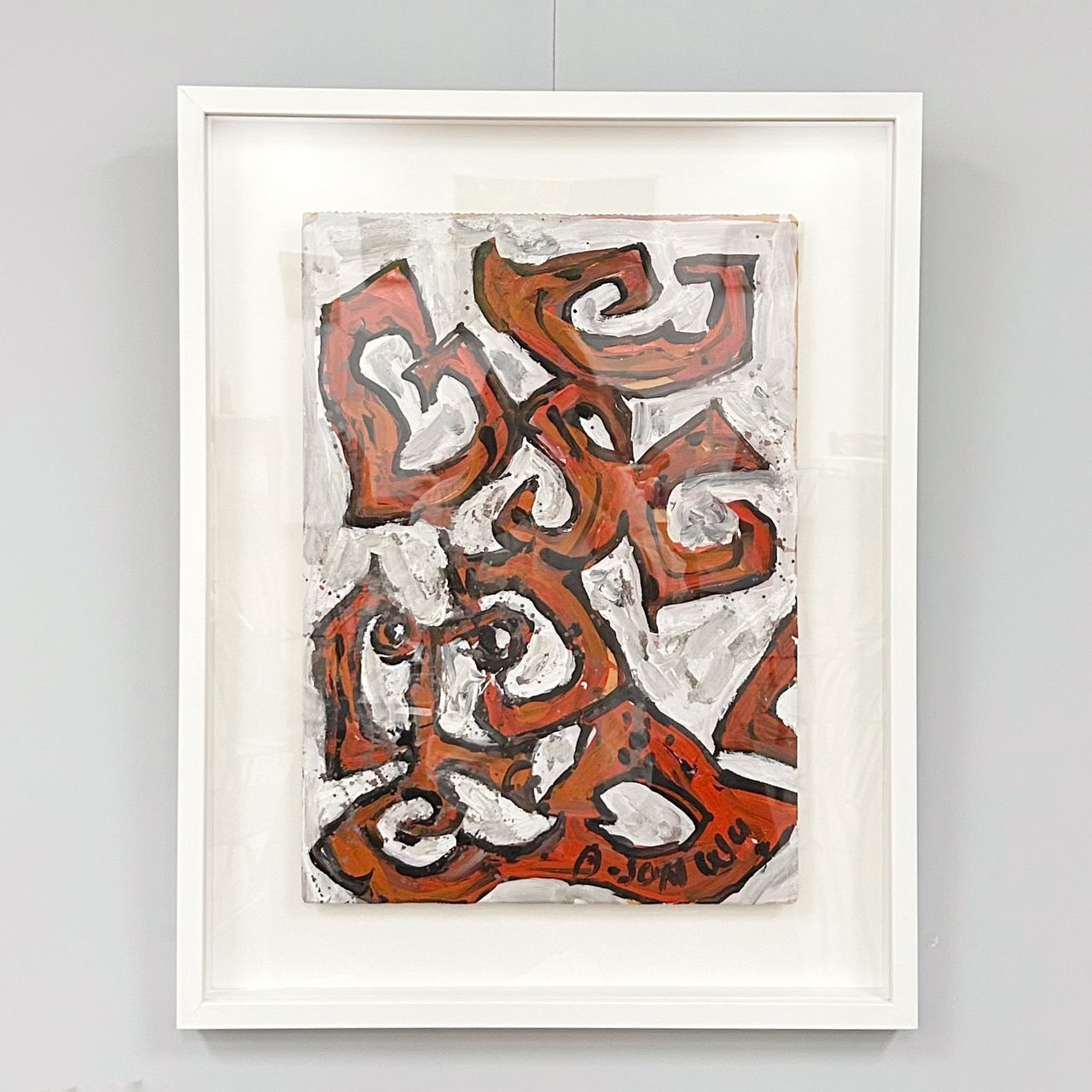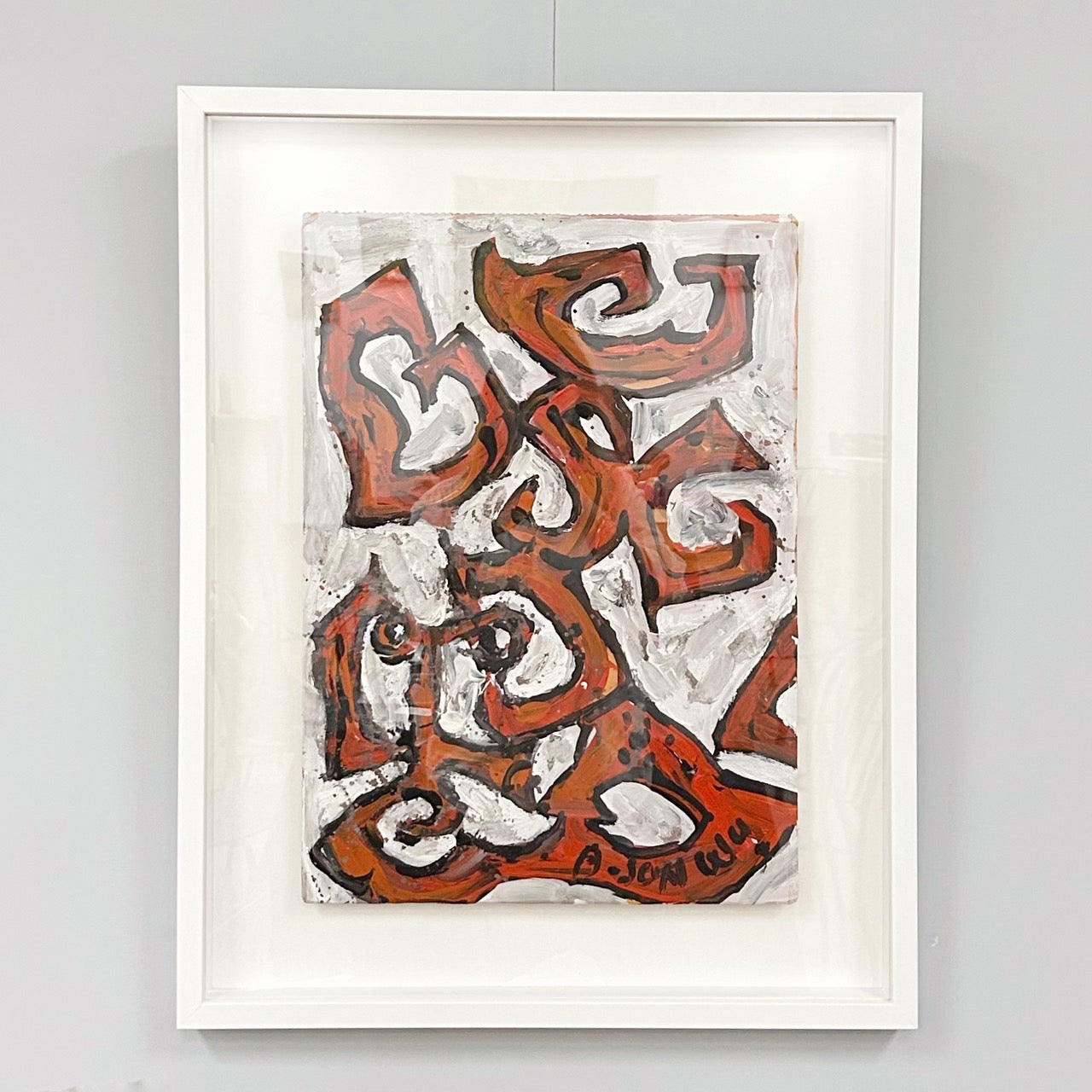A-Sun Wu Oil Painting
A-Sun Wu Oil Painting
Couldn't load pickup availability
A-Sun Wu (b. 1942, Taiwan )
Oil on broad
41 x 58 cm without frame
Wu Xuansan (born November 14, 1942) is a Taiwanese painter and sculptor from Luodong Township, Yilan County. His style is characterized by the abstract expressionism of primitive art. A lover of adventure, he graduated from the Department of Fine Arts at National Taiwan Normal University. He then studied at the San Fernando Royal Academy of Fine Arts in Madrid, Spain, and in New York City, USA. He studied under renowned Taiwanese painters such as Liao Chi-chun, Chen Jing-hui, and Li Shi-qiao. He has been recognized with the Taiwan Ten Outstanding Young People Award, the Wu San-lien Literary Award, the Sun Yat-sen Literary Award, the National Literary Award, and the French Knight of the Order of Arts and Letters.
In 1995, Wu Xuansan began his "Red, Black and White Period" by focusing his work on the totem of Taiwan's Paiwan people and their revered Hundred-Pace Snake (Hundred-Pace Snake) totem, as well as the distinctive red, white, and black colors of the Tao people. His works are primarily based on the "Yin-Yang" pattern, imbuing the colors with special meanings: red represents life, black represents strength, and white represents peace. His works have become increasingly concise and pure, incorporating traditional Chinese pictographic forms and expressing them through his own yin-yang symbolism. His creative concepts combine his totemic beliefs of the Austronesian indigenous peoples with Buddhist, Taoist, and Eastern philosophical reflections on the complementary and evolving nature of "Yin-Yang."
From 1995 to the present, Wu Xuansan has been experimenting with a diverse range of media. In addition to painting, he has also used clay, porcelain clay, found objects, odd-shaped wood, giant logs, stone, copper, iron, ink, and photographic collages to create two-dimensional and three-dimensional works. Adhering to the perspective of "returning to the essence", he uses simple yet powerful creative techniques to present the primal energy of human consciousness.


